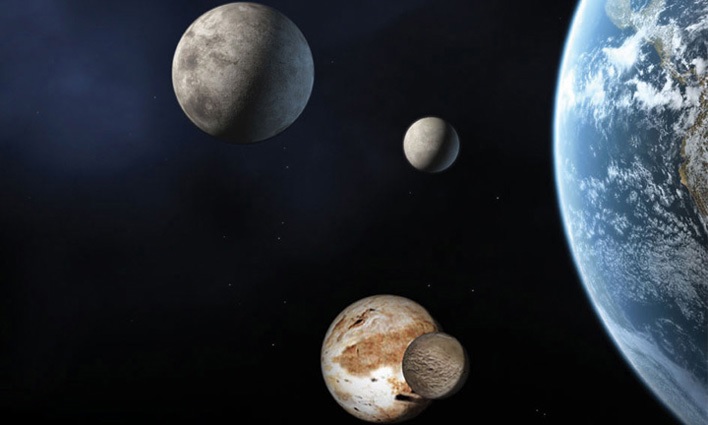Dwarf planets are round and orbit the Sun just like the eight major planets. But unlike planets, dwarf planets are not able to clear their orbital path so there are no similar objects at roughly the same distance from the Sun. A dwarf planet is much smaller than a planet (smaller even than Earth's moon), but it is not a moon. Pluto is the best known of the dwarf planets.
